When and how to use a fast shutter speed in photography
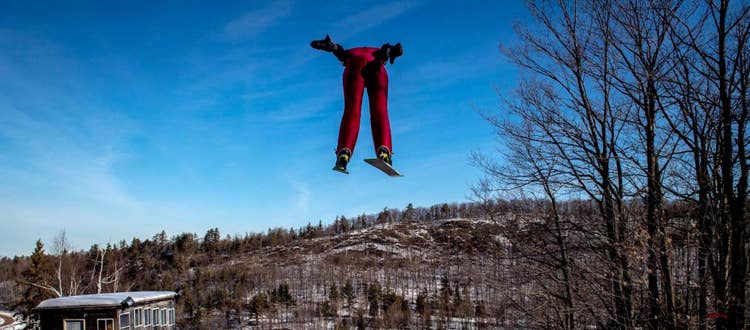
Having started my photography career at my college newspaper, photographing all different aspects of student life including athletics, using fast shutter speeds became a big part of my photography practice and style — I was always trying to capture motion and action shots.
These days, I do a lot of portrait work, as well as news and photo essays, though I still photograph college and professional sports from time to time. Those early experiences stuck, and working with fast shutter speeds has really helped me develop my personal style across all genres of photography.
Fast shutter speeds in photography allow you to control the action and the mood of the image you’re creating. You can freeze moments that are too fast for the naked eye to see. It’s honestly a pretty magical way to use your camera. In this article, I’ll share more on photographing with a fast shutter speed and what you need to know as a photographer to do it right.
What is shutter speed?
Shutter speed is the amount of time your camera shutter stays open to allow light to reach the sensor. Shutter speed is measured in seconds or fractions of seconds, so you’ll see numbers like 1/250 which indicates your shutter will stay open for 1 two hundred and fiftieth of a second.
What is a fast shutter speed?
There are no official guidelines or thresholds for what is fast or slow as a shutter speed. It’s ultimately subjective and differs from photographer to photographer depending on their genre of photography and personal style.
My personal take on it is that a fast shutter speed is whatever allows me to capture or freeze motion without blur. Depending on the available light, or whether I’m using a flash or not, a fast shutter speed could be anywhere from 1/100 to 1/4000 or higher.
The advantages to using fast shutter speeds
High, or fast, shutter speeds allow you to freeze the action and capture really crucial moments without unwanted or distracting motion blur.
For the following photo, the fast shutter speed allowed me to expose for the bright light. This photo was on the front page of the New York Times on Election Day in 2022.
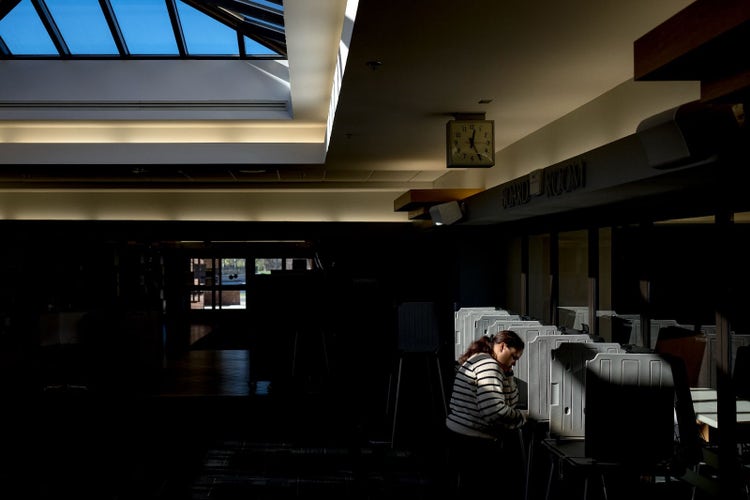
Image credit: Nic Antaya. Sony A1, 35mm, ISO 250, f/3.2, 1/2000
A person fills out their absent voter ballot at the West Bloomfield Township Clerk's Office in West Bloomfield Township, Mich. on Nov. 7, 2022. (Nic Antaya for The New York Times)
In more editorial style work, you can get really amazing photos when your subjects are free to move, so fast shutter speeds are helpful in allowing you to capture those stills without the image looking too blurred or chaotic.
How to determine shutter speed when shooting
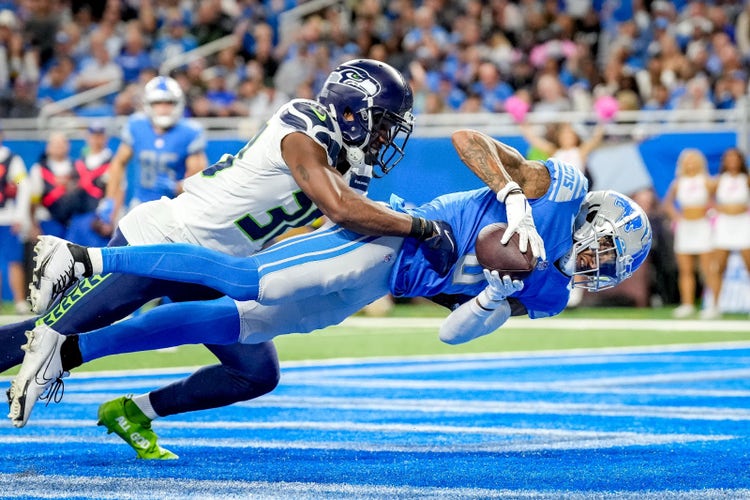
Image credit: Nic Antaya. Sony A1, 70-200mm at 129mm, ISO 3200, f/2.8, 1/2000 shutter
Josh Reynolds #8 of the Detroit Lions scores a touchdown against Mike Jackson #30 of the Seattle Seahawks during the fourth quarter of the game at Ford Field on October 02, 2022 in Detroit, Michigan. (Photo by Nic Antaya/Getty Images)
There are certain scenarios where you’ll want to use a speed that is fast enough to freeze most of the action but blur other parts of it. A great example is something like NASCAR where you want to shoot in such a way that the car looks sharp, but the wheels are blurred so the viewer can feel the motion in the image.
Tracking a subject is when the photographer follows the motion of the subject by moving the camera to follow the movement (a method called panning). To create a sense of motion, I used a 1/50 shutter speed while tracking the vehicles. If you use too high of a shutter speed in this scenario, it will look like the car is parked on the track and you’ll lose the impact of the story. Further, in the below image I used a 1/50 shutter speed while tracking the vehicles. In this case, the shutter speed is fast enough to get the cars mostly sharp, while their tires are blurred, and the background is blurred thanks to a pan.
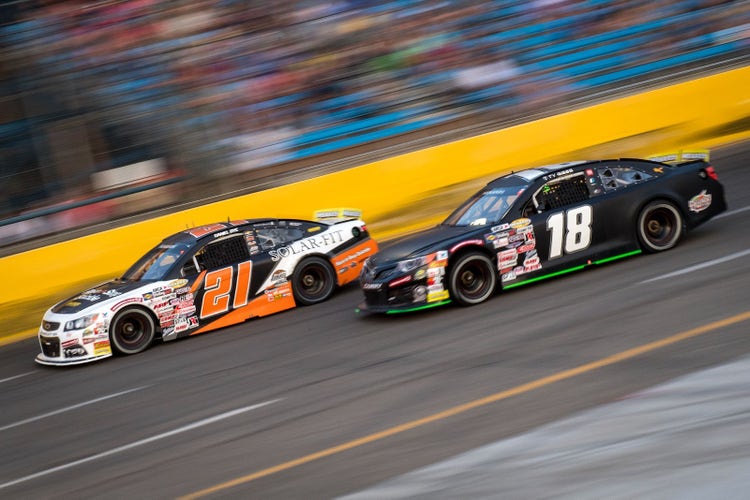
Image credit: Nic Antaya. Nikon D5, 70-200mm at 70mm, ISO 720, f/18, 1/50 shutter
Daniel Dye, driver of the #21 GMS Racing Chevrolet and Ty Gibbs, driver of the #18 Joe Gibbs Racing Toyota race during the Zinsser Smart Coat 200 for the ARCA Menards Series at Berlin Raceway in Marne, Michigan on July 17, 2021. (Nic Antaya/ARCA Racing)
Shutter speed’s role in the exposure triangle
There are lots of resources out there explaining the exposure triangle in depth. Shutter speed is one of the three points on this triangle. The other two are aperture and ISO. Because these are all so interactive with one another, the latter two will be greatly impacted by the former.
One of the advantages to faster shutter speeds is that they allow you to open your aperture more so you can separate your subject from your background and create that shallow depth of field, which can be good for portrait photography
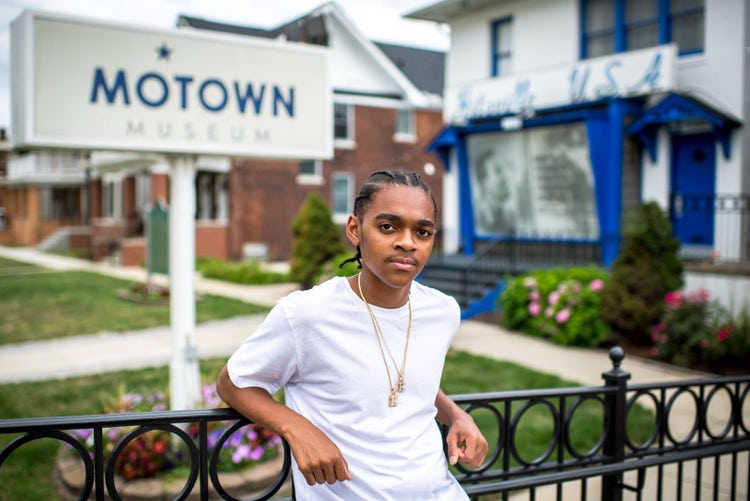
Image credit: Nic Antaya. Nikon D5, 35mm, ISO 160, f/2, 1/800 shutter
King Bethel, 15, of Detroit poses for a portrait outside of the Motown Museum in Detroit on July 15, 2021. Bethel will be entering his sophomore year at the Detroit School of Arts in the fall and is passionate about singing. “I want the world to hear me,” Bethel said. “I want people to feel happy. I try my best to make songs that really touch other people’s hearts.” (Nic Antaya for Chalkbeat)
If you’re shooting in lower light, however, faster shutter speeds can require you to increase your ISO which can add unwanted noise or grain to your image. Some styles call for an effect like that, but when you’re aiming for sharpness, it can be tricky to shoot low light with high shutter speeds.
If I’m shooting sports indoors, for example, I’ll usually set my shutter speed to about 1/1600 at an aperture of f/2.8 and then adjust my ISO accordingly.
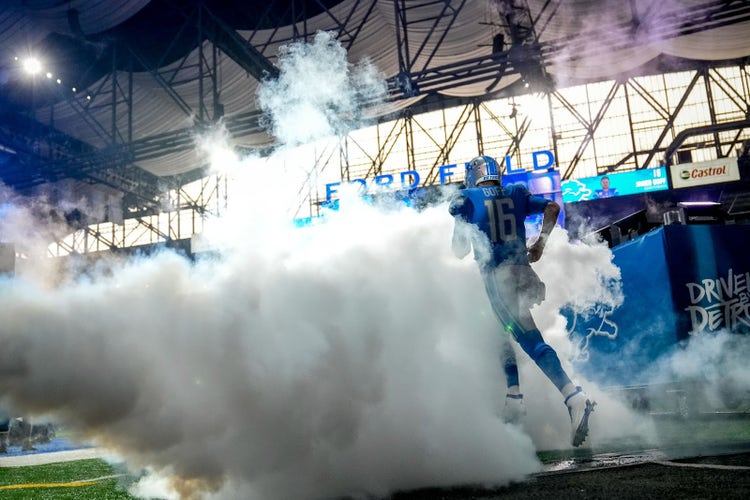
Jared Goff #16 of the Detroit Lions is introduced before the game against the Philadelphia Eagles at Ford Field on September 11, 2022 in Detroit, Michigan. (Photo by Nic Antaya/Getty Images)
Sony A1, 24-70mm at 29mm, ISO 3200, f/2.8, 1/1250 shutter.
Working with a flash and fast shutter speed
If you have a flash that can sync with high speed, that will allow you to freeze even more of the action. If not, you may get a little bit of motion blur from the moving subject. If you don’t happen to have a flash capable of high-speed sync, I would push your camera to a shutter speed of 1/250 to 1/400 max.
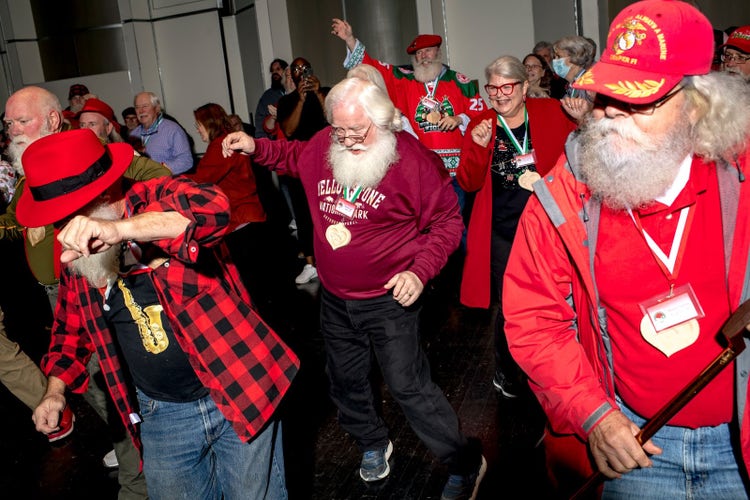
From left, Edward Piane of Lockport, Ill., Tommy Casey of Searcy, Ark. and Walter Lorenz of Brighton, Mich. dance during the dance lessons during the 84th annual Charles W. Howard Santa Claus School at Midland Center for the Arts in Midland, Michigan on Oct. 16, 2021. (Photo by Nic Antaya for The Washington Post) Nikon D5, 35mm ISO 400, f/7.1, 1/200, flash used here.
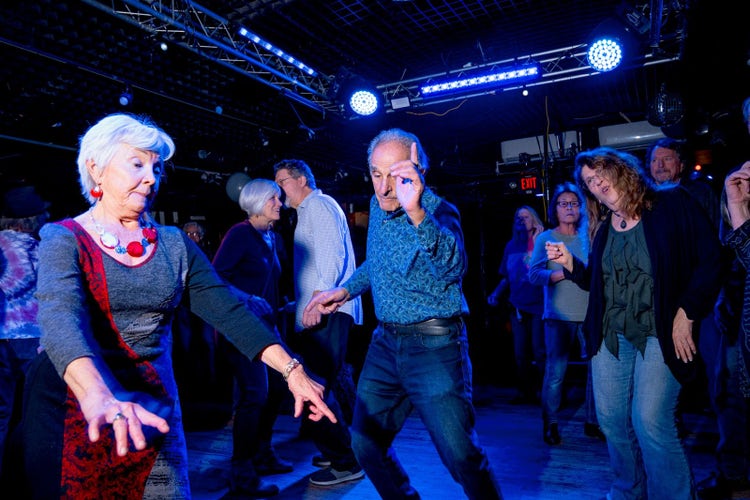
Image credit: Nic Antaya. Sony A1 24-70 at 27mm, ISO 640, f/5.6, 1/50
Judith Cawhorn, 76, left and George Fahmie, 84, center, both of Ann Arbor, dance during happy hour at LIVE in Ann Arbor, Mich. on Jan. 6, 2023. (Nic Antaya for The New York Times).
This image had a relatively slow shutter speed and the slight blur works here to show some motion. Without the flash, the image wouldn’t have been as sharp from the room’s ambient light. Comparing and contrasting the two dance images you can see that the 1/200 froze the Santas.
Shutter speeds and image processing
As long as your subject is in focus, faster shutter speeds will mean increased sharpness. You’ll have better success recovering slightly underexposed images than you will trying to rescue overexposed ones. For that reason, I generally underexpose my images a little to retain highlights and sharpness. This is another reason why I prefer to shoot with higher shutter speeds.
The difference a fraction of a second can make
As with most things in photography, there are basic formulas you can follow for setting your shutter speed alongside your other settings, but the best way to figure out how fast or slow your shutter speed should be in different scenarios is to practice. Gear, lighting, and your own steadiness will play big roles in determining what works for you and your style. It is really amazing to see how big a difference a few fractions of a second can make in freezing an image, creating motion blur in the right places, or generally determining your style.
Ultimately, play with your camera in different scenarios and see what the results are. You’ll start to get a sense for what shutter speed you want to be shooting at in different situations, especially if that’s what you’re prioritizing as part of your photography practice.
Some cameras offer shutter speed priority modes that can help you get the exposure right in your camera while you prioritize how fast or slow the shutter speed will be.
One thing’s for sure, fast shutter speeds require a lot of natural light, a good controlled light source, or the ability and desire to shoot with a wider aperture or increased ISO.